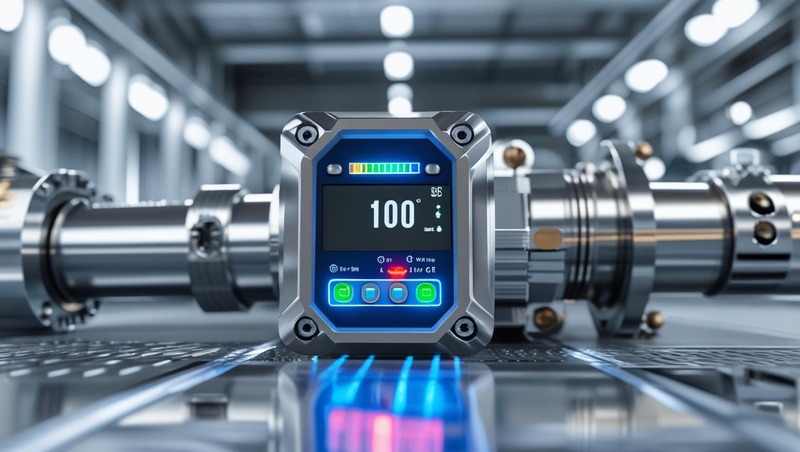North America’s level monitoring market is undergoing a dynamic transformation, driven by the rapid integration of artificial intelligence (AI) into industrial sensing systems. Once characterized by manual checks and basic signal transmitters, level monitoring has evolved into a sophisticated network of smart sensors, AI-powered analytics, and real-time process optimization tools. As industries across the region embrace digital transformation, AI is becoming the catalyst for a new era of precision, efficiency, and intelligence in fluid level measurement.
AI-enabled level monitoring systems go far beyond conventional data capture. These systems are capable of processing vast volumes of sensor data in real time, identifying trends, anomalies, and inefficiencies across pipelines, tanks, silos, and reservoirs. In sectors like oil & gas, water and wastewater management, food and beverage, and chemicals, AI enhances operational decision-making by providing predictive insights, enabling early detection of overflows, leakages, and system irregularities.
Download PDF Brochure @ https://www.marketsandmarkets.com/pdfdownloadNew.asp?id=926

A significant growth factor in the North American market is the increasing focus on predictive maintenance. AI algorithms applied to level monitoring data can identify patterns that signal equipment degradation or process disruptions. This proactive approach allows industries to perform targeted maintenance before costly breakdowns occur, extending equipment life and minimizing downtime. As a result, businesses are shifting from reactive to condition-based maintenance strategies—improving reliability and cutting operational costs.
The demand for real-time process visibility is also driving the adoption of AI-powered level monitoring systems. With the help of machine learning models, these systems can auto-calibrate based on fluid type, environmental conditions, and tank design. In the food processing or chemical industries, where hygiene, precision, and material compatibility are crucial, smart level sensors deliver continuous, accurate measurements without manual intervention—enhancing both safety and product quality.
Connectivity is another key enabler. AI-powered level monitoring devices are increasingly integrated with cloud platforms and IIoT networks, allowing data from remote or hazardous sites to be analyzed and visualized in real time. This is especially critical in large-scale water infrastructure projects, oil tank farms, and utility networks, where operational visibility across geographically dispersed assets is essential. With 5G and edge computing now more accessible across North America, AI models can be deployed directly on edge devices, ensuring low-latency analysis and autonomous decision-making even in bandwidth-constrained environments.
Moreover, AI is playing a critical role in sustainability efforts. By continuously monitoring and optimizing liquid usage, smart level systems help reduce waste, prevent spills, and ensure efficient use of resources such as water and chemicals. These benefits align closely with North America’s growing focus on environmental compliance and corporate responsibility, particularly in resource-intensive sectors.
As regulatory standards around industrial safety, environmental protection, and operational transparency tighten, the adoption of intelligent level monitoring technologies is expected to accelerate. Leading North American manufacturers and infrastructure operators are already investing in AI-integrated sensing solutions to gain a competitive edge in performance, safety, and sustainability.
In conclusion, artificial intelligence is not only enhancing the technical capabilities of level monitoring systems—it is fundamentally redefining how North American industries approach process control, asset management, and environmental stewardship. With AI at the core, the region’s level monitoring market is poised for sustained expansion, marked by smarter operations, higher efficiency, and resilient infrastructure.
